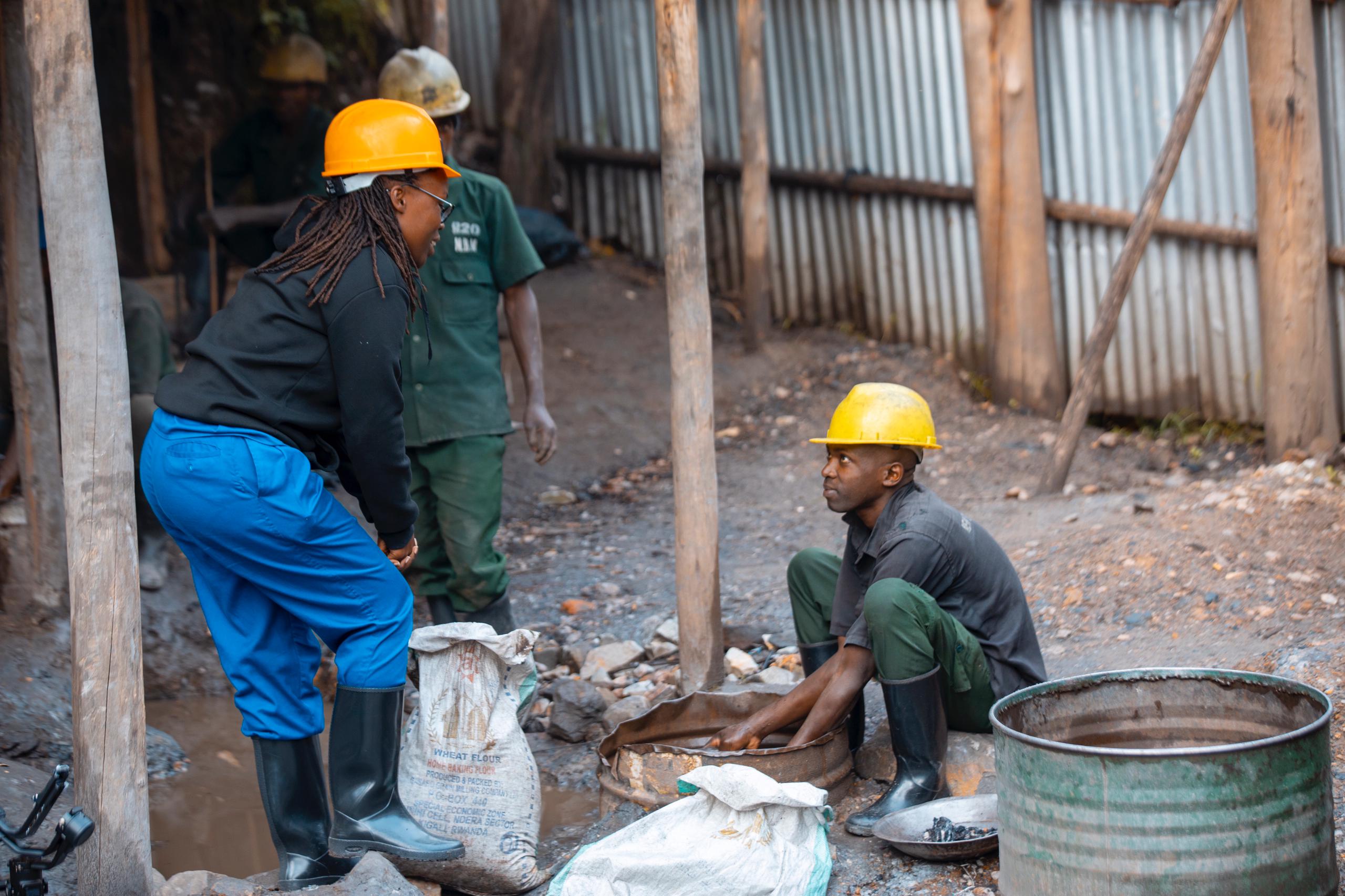
Women are actively involved in the mining sector. Ange Nadine Ashimwe (left), is a wolfram mining engineer overseeing male miners.
Rwanda joins the world this Monday to mark the International Mining Day under the national theme: Embracing Technology, Investments and Responsible Mining”
The country has excelled in women empowerment in many ways (constitutional, legal and institutional frameworks) being gender sensitive-mainstreamed, but the number of women in the mining sector remains lower compared to men.
The mining sector is one of the fastest growing following the discovery of more than seven precious minerals with each of the 30 districts possessing minerals underground.
Earnings from mining and quarrying operations go beyond workers and investors and reach their families and the national economy, given that the sector comes second, just after tourism and hospitality, in generating foreign currencies to the country.
Mining activities earned Rwanda about $ 772million last year and figures of the First nine months this year: Jan-Sept 2023 earned $852million and counting.
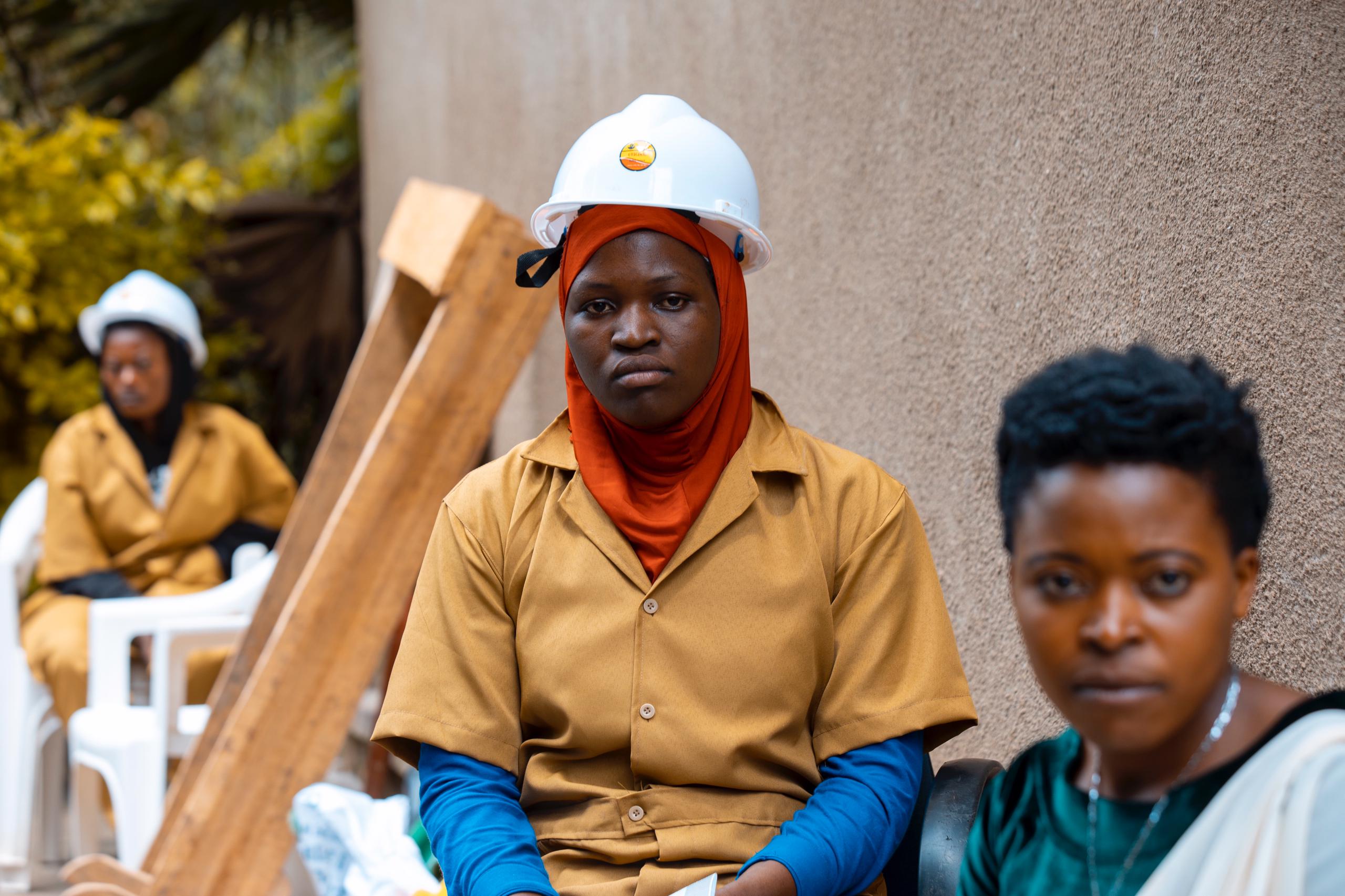
Though they form a small percentage, women play a pivotal role in mining.
However, the sector, which also includes quarrying operations, employs 57,379 workers, of whom only 11.4% are women, while the vast majority (88.6%) are men, according to figures published in March 2021 by the National Institute of Statistics of Rwanda (NISR).
As far as women ownership of mining and quarrying companies and cooperatives is concerned in all 30 districts of Rwanda, RMB (Rwanda Mines, Petroleum and Gas Board) records show that there are only 22 women owners, representing 16%, against 116 men, representing 84%.
What could be the reason?
At Miyove mines in Gicumbi district, the principal gold mine in Rwanda, and an area surrounded by communities living over the gold deposits, majority of the people who work inside the mines are men and just a few women work as cleaners or support staff.
One old lady at the mine whispers as she opens the door to the mine tunnel saying this is what she can afford to do because she is not educated.
At the gold mine, an average income of a casual laborer earns about Rwf1,500, while miners inside mines earn between 2,000-3,000.
The payday for Wolfram miners earn Rwf3,000- 4,000 per kilogram extracted in a day; and in gemstone mining cooperatives they can earn from Rwf200,000 up to – 500,000 per month (as members).
A few yards away from the gold mine tunnel (Masogwe E1) one can see women over the green hills of Miyove busy bursting in the farmlands cultivating plantations of Irish potatoes and maize and beans- which are also visibly sprouting and with hopes of a bumpy harvest.
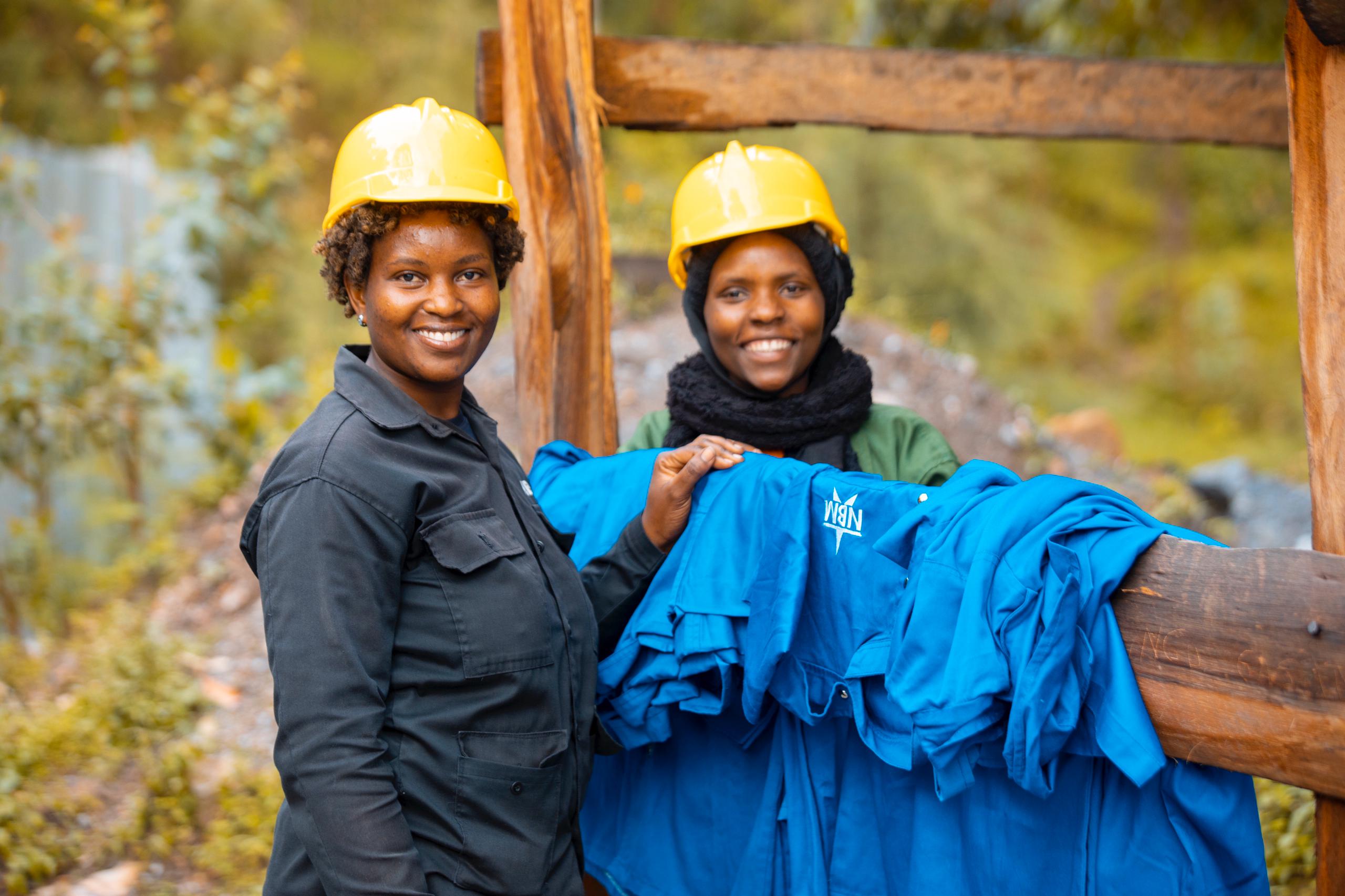
Women miners at New Bugarama Mining site.
The women say that they prefer to work in the farms because agriculture pays off better and that because mining is still seen largely as a task for men.
“It is a cultural thing but also the employers prefer to recruit men,” one woman who lives near the gold mine says.
Florence Nyirabahinzi, 60, is a cleaner at a Miyove mines processing plant says that she chooses this job because she doesn’t own land for cultivating to earn a living otherwise she would have opted farming.
While many women shy away from mining as a career, for cultural reasons, lack of skills and just fear; some mining companies and cooperatives have worked on gender equality lining up women in key mining roles (as engineers) and administrators.
These include New Bugarama Mining (991 workers and 40% women), COMINYABU Cooperative (700 workers with 300 women), LuNa Smelter (80 staff and 20 women but in administration), and Gasabo Gold Refinery- GGR (.
While many women at LuNa smelter are in administration, there is no single woman at the furnace areas.
Male smelters say that there is no woman at this section because of their body physiology which cannot handle heavy heat, and those who have dared, have not lasted.
Women can
Women who have dared entering the industry say that they are equally competent but the biggest setback is lack of skills, education, and creating awareness among communities.
Aline Uwanyuze, a mother of 2, has started at GGR in 2015 with no skills but has learnt from the best at the job and moved on to the refinery section from being an aide.
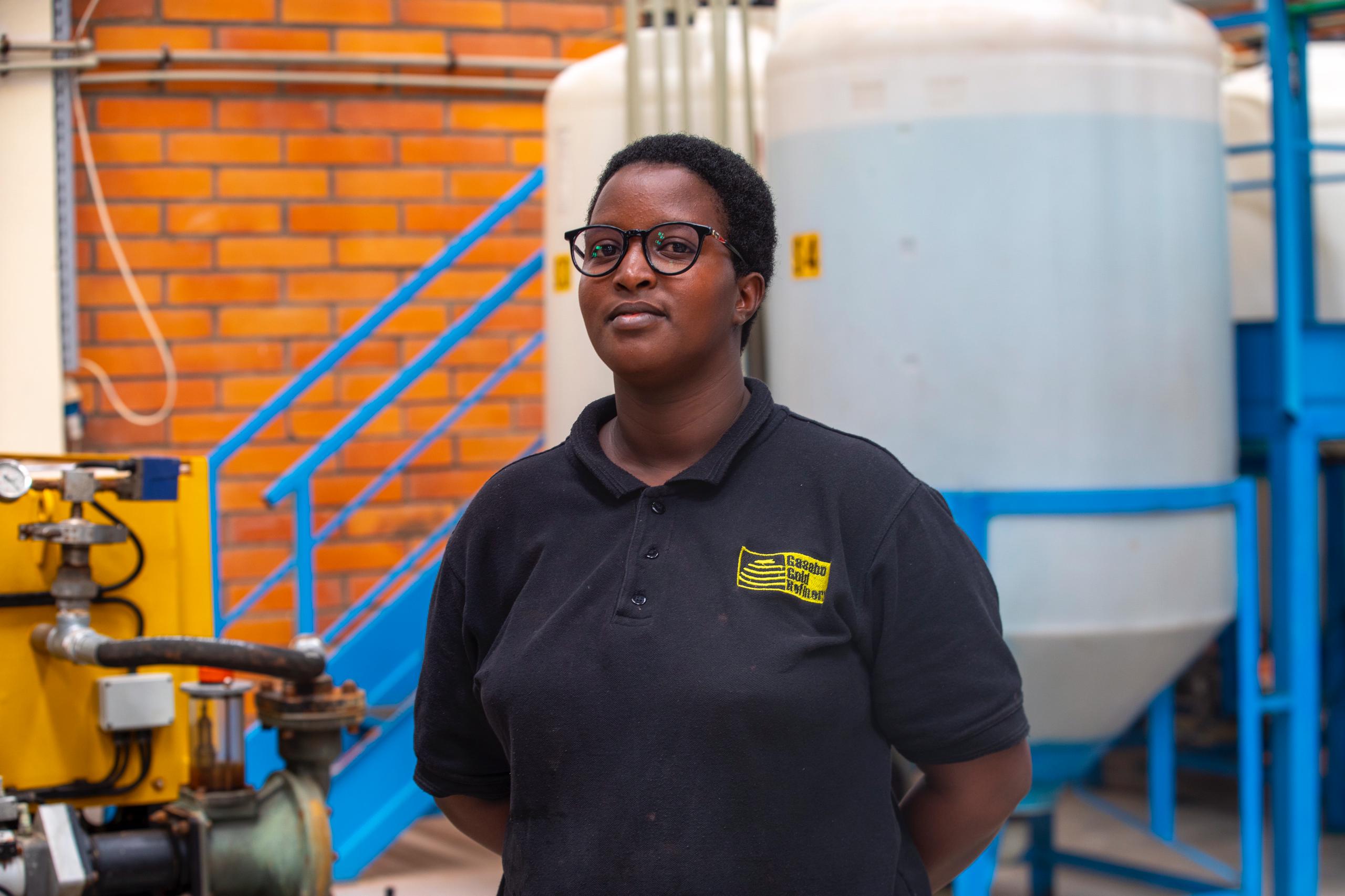
Aline Uwanyuze, is a gold refiner at GGR.
Uwanyuze also demystifies the belief that women fear mining, saying that the low number of women is because of lack of skills, training in schools, exposure and also less job opportunities in the sector.
Ange Nadine Ashimwe, a wolfram mining engineer who graduated at IPRC Kigali, is a living proof. She runs a tunnel full of male workers whom she supervises to make sure the extract the mineral out of a mixture of stones.
“As the sector improves in technology we are seeing many women coming in and our performance will encourage others to know that women can,” Ashimwe said.
Bellic Manishimwe alias “Guinness” the first women to join COMINYABU Cooperative in Rubavu as a cleaner in a mine has embarked on recruiting women to join the mining career in which she is now a full member earning Rwf500,000 per month.
Manishimwe, now a women’s miner manager says she has brought in 299 women in the cooperative to join as miners and uses her life example of transforming her social status as a magnet to attract them, and plans to start her own business made up of only women.
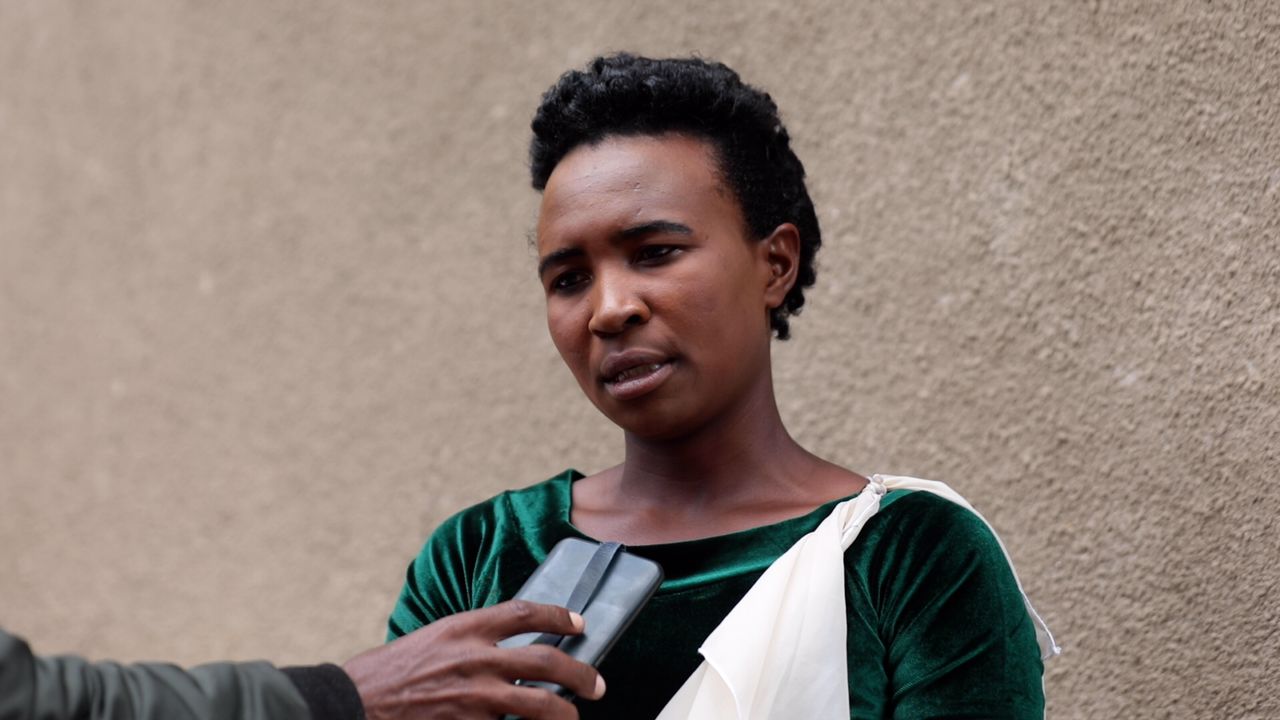
Bellic Manishimwe alias “Guinness” is one of the pioneer women in mining.
Uneducated Florence Iradukunda, who knew Manishimwe as a dirty looking casual laborer, says that when she saw Manishimwe Guinness changing her dress code and developing a smooth skin, she quickly contacted her to enroll so as to be like her.
Today she also earns as a miner and is proud to follow in Manishimwe’s footsteps.
Rwanda Mines, petroleum and gas Board (RMB) says that a gender strategy for the mining sector in Rwanda will focus on increasing awareness and increasing capacity building to increase the women’s roles in mining.

